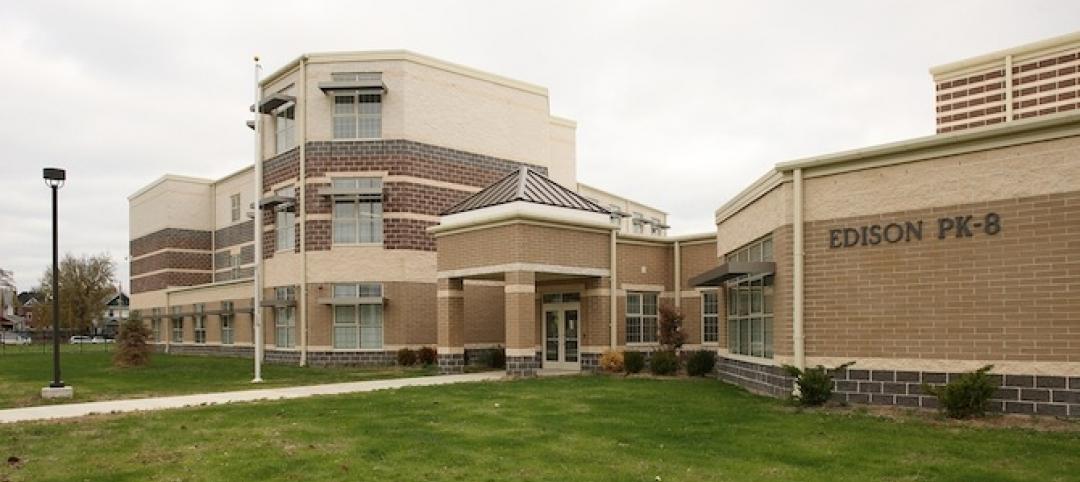California’s Supreme Court has ruled unanimously that the principal architects for a condominium project may be sued directly by a condominium homeowners association for design defects.
Skidmore, Owings & Merrill and HKS, Inc. were the principal architects for a 595 unit condominium project built near AT&T Park in San Francisco. The case, Beacon Residential Community Association v. Skidmore, Owings & Merrill, LLP, pertained to a 595-unit condominium project built near AT&T Park in San Francisco.
The units allegedly developing several defects including water infiltration, structural cracks, and overheating that made units virtually uninhabitable at times. The homeowners association sued the architects, alleging that these defects were caused by negligent design.
The decision highlighted the closeness of the connection between the architects’ conduct and the plaintiffs’ injuries, the limited and predictable class of potential plaintiffs, and the absence of options for the owners in obtaining design services on their own.
The decision held that even though, on most projects, the developer has the final say on design choices, the architect can’t escape liability to the end user. This decision is likely to give homeowners associations another target in defect cases. Architecture firms should consult their liability insurer to determine whether these claims will be covered.
(http://www.jdsupra.com/legalnews/architects-may-be-sued-directly-by-homeo-19296/)
Related Stories
| Jan 2, 2014
Measuring whole building energy use among big changes in LEED v4
A new prerequisite in LEED v4 calls for each project to measure whole building energy use, and then share that data with USGBC.
| Jan 1, 2014
San Francisco hosts Net Positive Energy + Water Conference
The Living Building Challenge’s Net Positive Energy + Water Conference will be held Feb. 4-5 in San Francisco.
| Dec 27, 2013
California’s new Title 24 energy code compliance date pushed back to July 1, 2014
Due to the stringency of the provisions in California’s new Title 24 energy codes, their implementation has been postponed until July 1, 2014 to allow jurisdictions and engineers to prepare for them.
| Dec 27, 2013
$1 billion 'city within a city' development approved by Coachella, Calif., city council
The mega development includes 7,800 homes, a retail center, office space, and nearly 350 acres of open space.
| Dec 26, 2013
OSHA may require companywide reporting of injuries and illnesses
The Occupational Safety and Health Administration is considering a change in policy that would require organizations to submit company-wide data on illnesses and injuries.
| Dec 26, 2013
USGBC recognizes Ohio for achieving 100th LEED-certified public school
The U.S. Green Building Council (USGBC) has recognized the state of Ohio and the Ohio School Facilities Commission (OSFC) on the LEED certification of the 100th public school building in the state.
| Dec 26, 2013
WDMA launches project to create ISO-compliant architectural doors
WDMA's National Architectural Door Council has initiated a project to create ISO-compliant Product Category Rules for architectural wood flush and stile and rail doors
| Dec 19, 2013
Defense Department okays Green Globes standard for DoD facilities
The Green Globes certification program from the Green Building Initiative can be used for the renovation and construction of Department of Defense facilities following agency endorsement.
| Dec 19, 2013
New York City proposal may boost standards for crane maintenance
New York City may boost maintenance standards for cranes operating in the city, including the addition of load cycle counters to record data regarding every lift that a crane performs.
| Dec 19, 2013
Lawmakers say EPA’s Energy Star standards lack transparency
A bipartisan group of lawmakers is raising concerns that the Environmental Protection Agency has not been transparent in drafting energy-efficiency standards under the Energy Star program.














